Medicinal Ginseng Remedies – Using Ginseng For Health Benefits
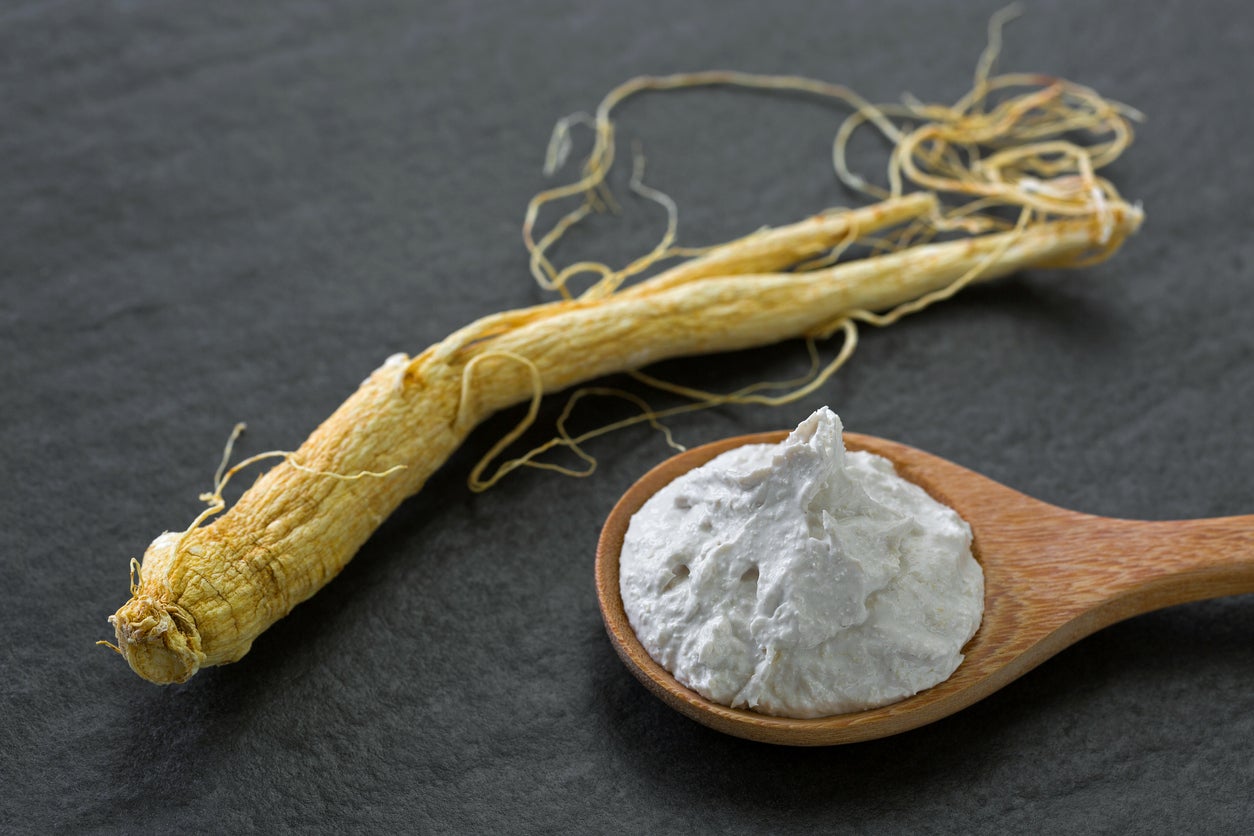

Ginseng (Panax sp.) is one of the world’s most commonly used herbs. In Asia, medicinal ginseng dates back several centuries. In North America, herbal ginseng use dates back to the early settlers, who used the plant to treat a number of conditions. Is ginseng good for you? What do medical experts say about using ginseng for health? Let’s explore!
Ginseng as a Medicinal Herb
In the United States, ginseng is extremely popular, second only to Ginkgo biloba. In fact, ginseng is incorporated into such varied products as tea, chewing gum, chips, health drinks, and tinctures.
Medicinal ginseng is lauded for a host of miraculous cures, and has been used as an antidepressant, blood thinner, and immune system booster. Supporters say it relieves maladies ranging from upper respiratory infections to addiction to high blood sugar.
The experts have mixed opinions when it comes to using ginseng for health. An article published by the University of Rochester Medical Center says that thus far, most claims regarding the medicinal benefits of ginseng are unsubstantiated. However, on the positive side, the report says that ginseng has been shown to decrease blood sugar when taken two hours before a meal. This may be good news for people with Type 2 diabetes.
Also, it appears that herbal ginseng improves stamina and boosts the immune system in animals, but such claims haven’t been established in humans. University of Chicago’s Tang Center for Herbal Medicine Research says there are potential therapeutic uses for ginseng, including regulation of blood glucose and carbohydrate metabolism.
Some studies indicate that herbal ginseng may have certain health benefits, including antioxidant properties, stress relief, enhancement of physical endurance, and reduction of fatigue in patients undergoing chemotherapy. However, studies are inconclusive and more research is needed.
Using Medicinal Ginseng Safely
Like all herbal treatments, ginseng should be used with care.
Gardening tips, videos, info and more delivered right to your inbox!
Sign up for the Gardening Know How newsletter today and receive a free copy of our e-book "How to Grow Delicious Tomatoes".
Don’t overdo when eating ginseng, as the herb should be used only in moderation. Large amounts of herbal ginseng may trigger side effects such as heart palpitations, agitation, confusion, and headaches in some people.
It isn’t advisable to use medicinal ginseng if you are pregnant or going through menopause. Ginseng also shouldn’t be used by people with high blood pressure or those who take blood thinning medications.
Disclaimer: The contents of this article are for educational and gardening purposes only. Before using or ingesting ANY herb or plant for medicinal purposes or otherwise, please consult a physician, medical herbalist, or other suitable professional for advice.

A Credentialed Garden Writer, Mary H. Dyer was with Gardening Know How in the very beginning, publishing articles as early as 2007.
-
 Get Ready For A Summer Of Hummers! Grow These Full Sun Hummingbird Plants and Flowers
Get Ready For A Summer Of Hummers! Grow These Full Sun Hummingbird Plants and FlowersIf you’re lucky enough to enjoy a sunny backyard, make sure you are maxing out on your pollinator opportunities and grow these full sun hummingbird plants and flowers
By Tonya Barnett
-
 12 Lush Alternatives To A Lawn For Sustainable Spaces
12 Lush Alternatives To A Lawn For Sustainable SpacesAlternatives to a lawn are beautiful and also beneficial to your local ecosystem and its pollinators. Explore our top picks for plants to replace grass.
By Tonya Barnett
-
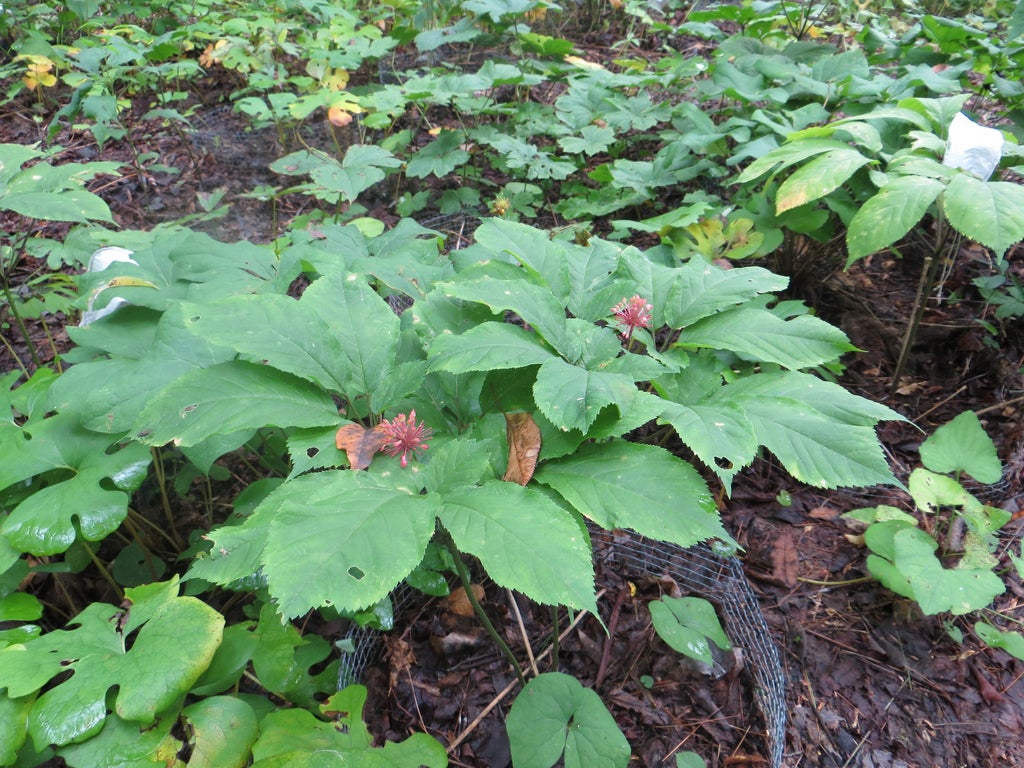 Ginseng Winter Care – What To Do With Ginseng Plants In Winter
Ginseng Winter Care – What To Do With Ginseng Plants In WinterMany people are able to produce adequate crops of ginseng root in a wide range of climatic conditions. With special consideration and the establishment of seasonal care routines, growers can maintain healthy ginseng plants for years to come. Learn about winter care here.
By Tonya Barnett
-
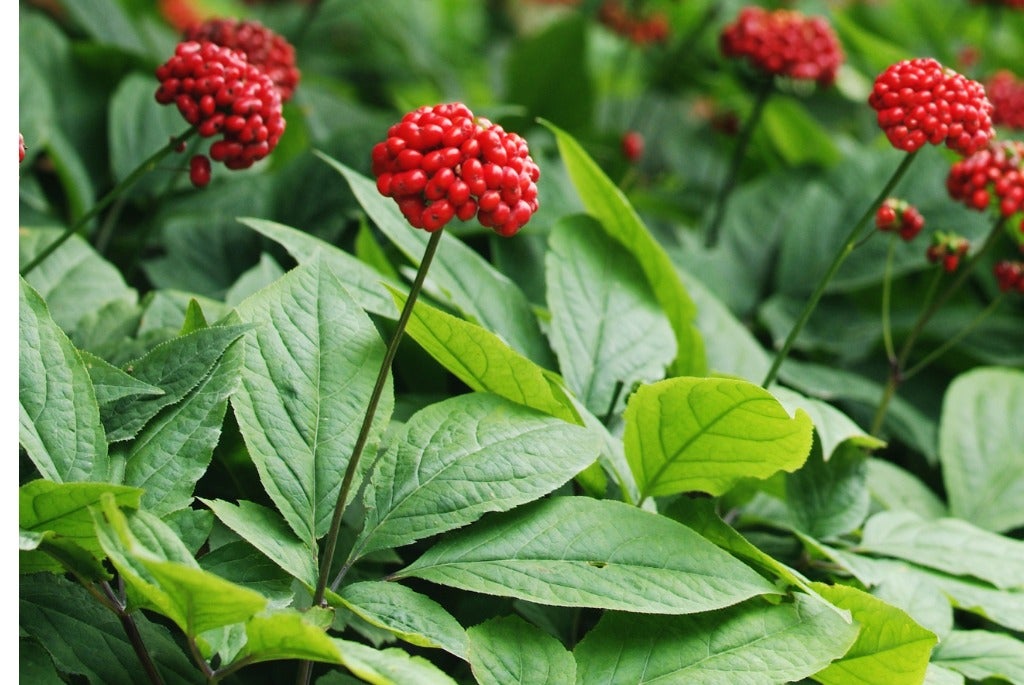 What Is Asian Ginseng – Learn How To Grow Korean Ginseng Plants
What Is Asian Ginseng – Learn How To Grow Korean Ginseng PlantsGinseng is featured prominently in a number of energy drinks, tonics and other health related products. On many of these products, the type of ginseng is called Asian or Korean ginseng root. The following article discusses how to grow Korean ginseng root.
By Amy Grant
-
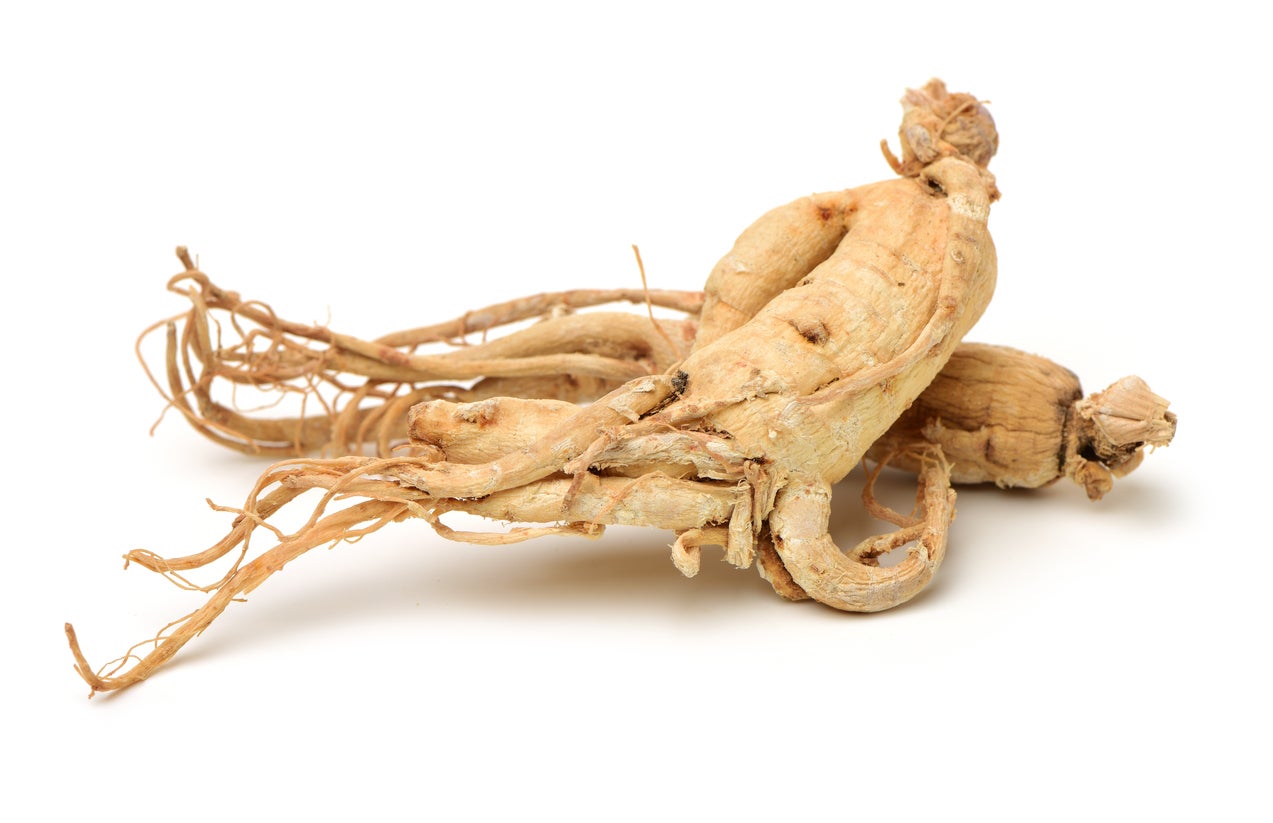 Wild Simulated Ginseng Plants: How To Grow Wild Simulated Ginseng
Wild Simulated Ginseng Plants: How To Grow Wild Simulated GinsengGinseng can command a significant price and may be an excellent opportunity for non-timber income on forest lands, which is where some enterprising growers plant ginseng. Click here to find out what wild simulated ginseng is and how to grow this plant yourself.
By Amy Grant
-
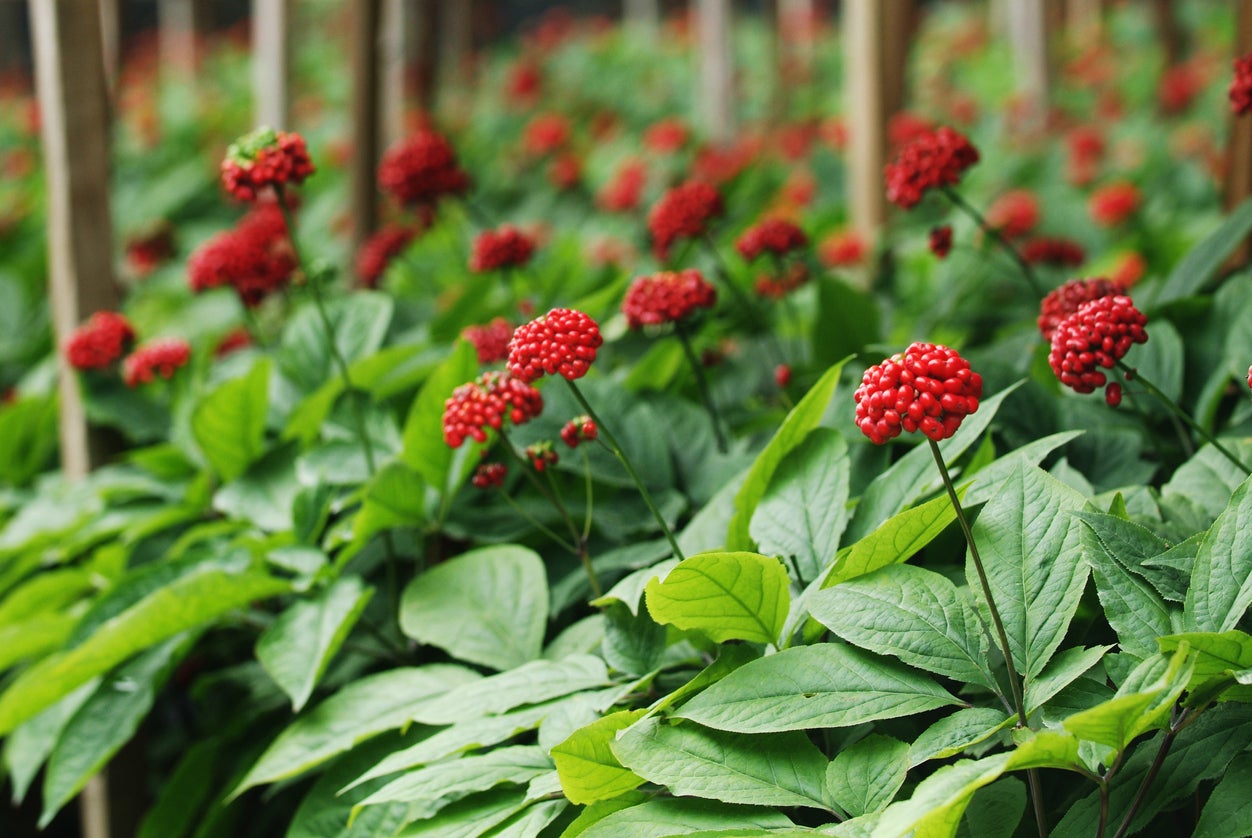 Ailing Ginseng Plants – Identifying Common Ginseng Problems
Ailing Ginseng Plants – Identifying Common Ginseng ProblemsGinseng is a great plant to grow because you can enjoy a lot of potential health benefits from using the medicinal root. Unfortunately, there are a lot of ginseng problems you may encounter in the garden, as this is not the easiest plant to grow. Learn more here.
By Mary Ellen Ellis
-
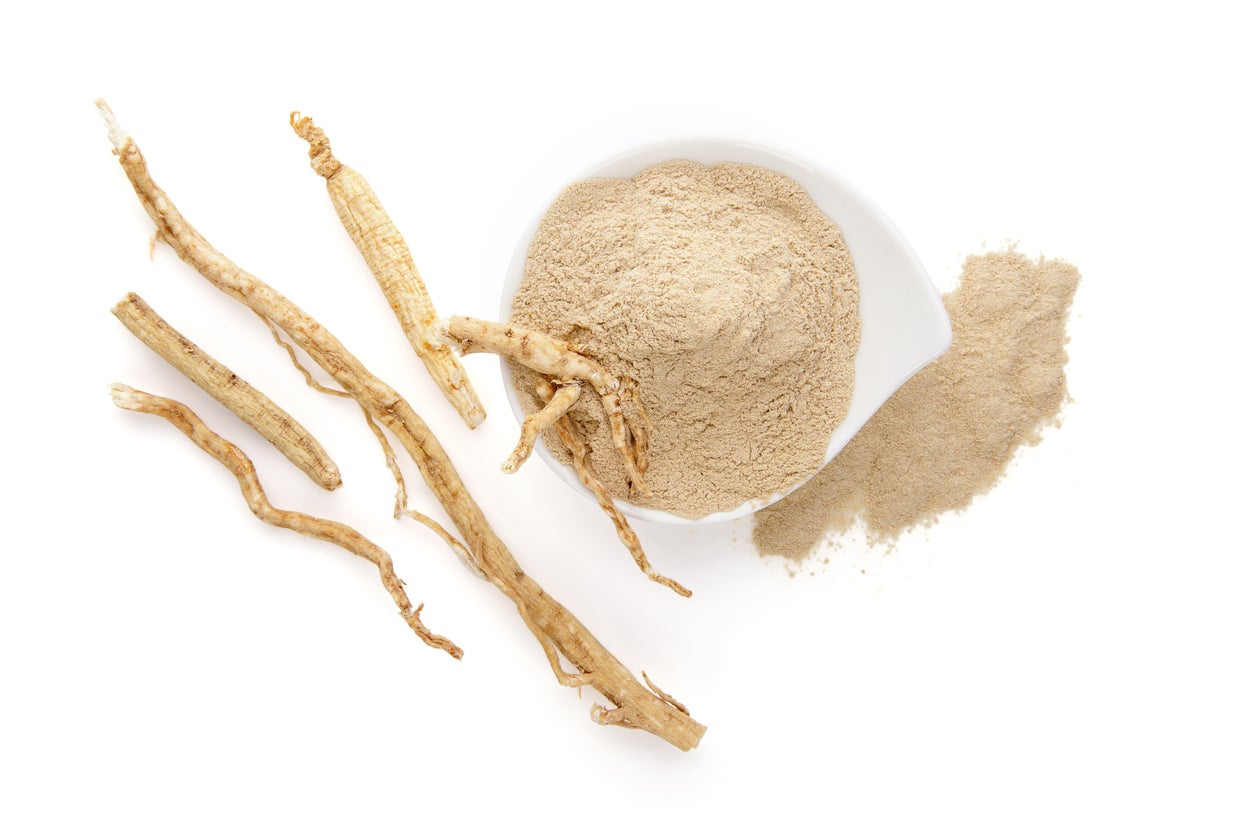 Dried Ginseng Root: Learn How To Store Ginseng Plants
Dried Ginseng Root: Learn How To Store Ginseng PlantsGrowing ginseng as an alternative crop is increasing in popularity, but it does take some commitment and it is necessary to learn how to dry ginseng root properly and store for later use. The information in this article can help with that.
By Amy Grant
-
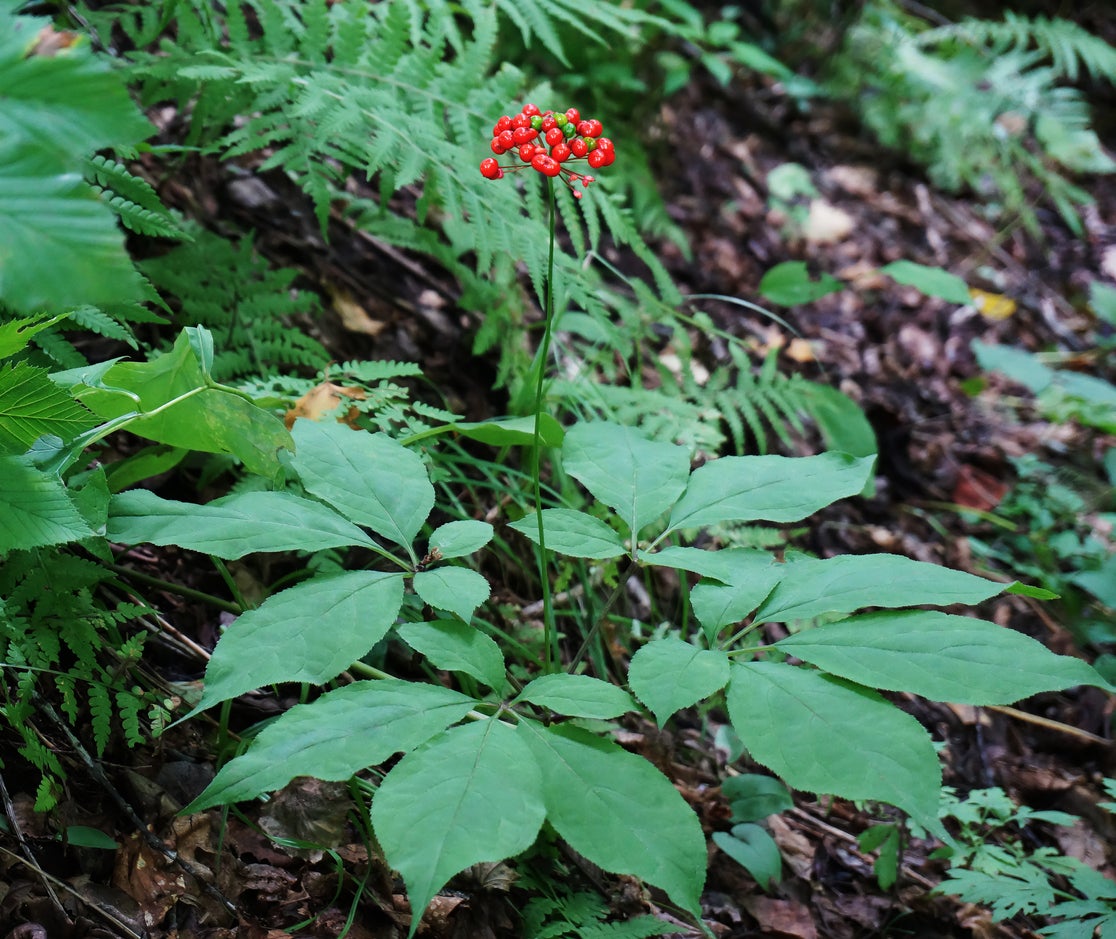 Potted Ginseng Care: Can You Grow Ginseng In Containers
Potted Ginseng Care: Can You Grow Ginseng In ContainersGinseng prefers to grow outdoors, either in beds or in pots. If you have questions about growing ginseng in containers, click here. We’ll give you information about potted ginseng including tips to help container-grown ginseng thrive.
By Teo Spengler
-
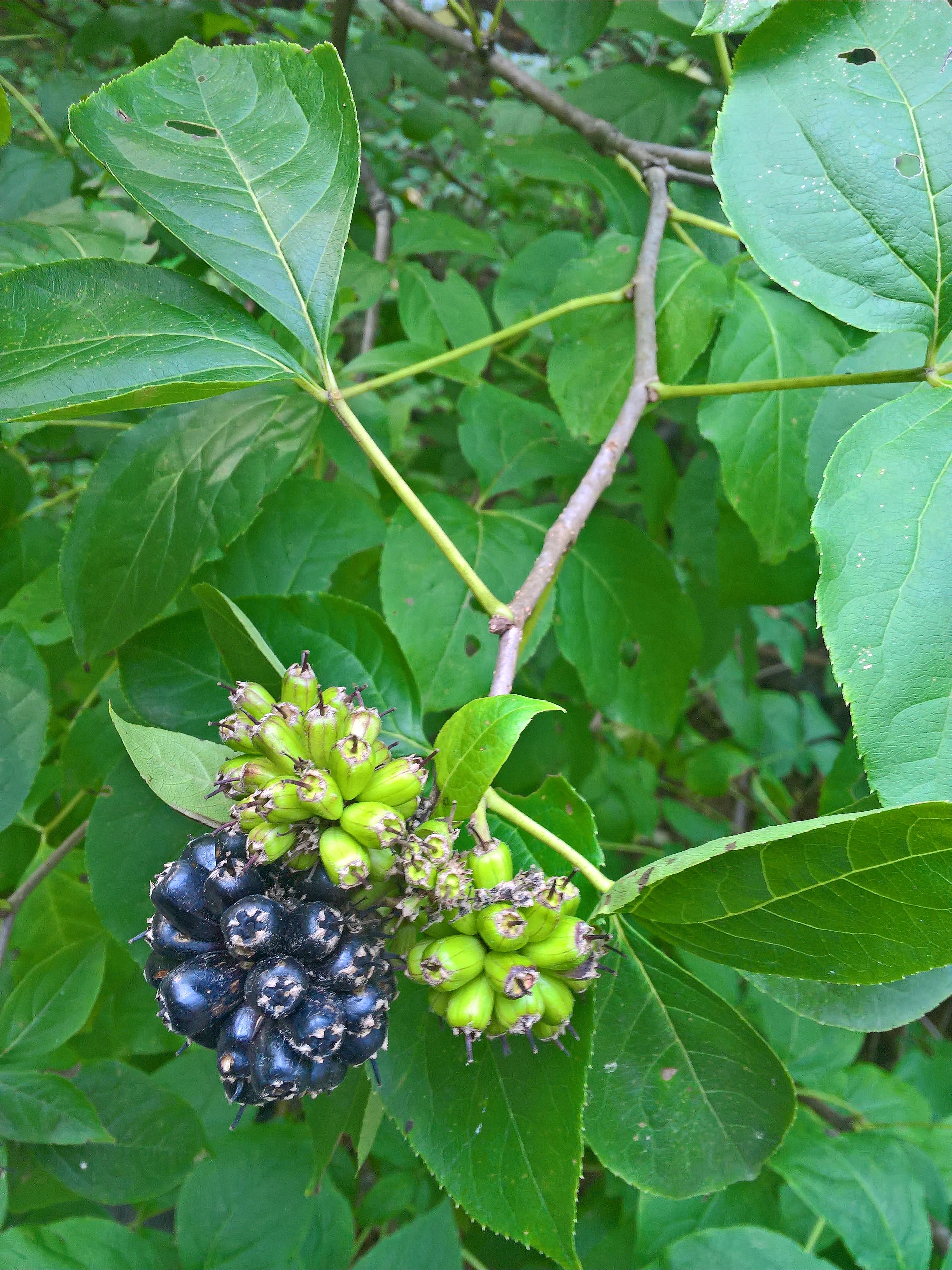 Varieties Of Ginseng For The Home Gardener
Varieties Of Ginseng For The Home GardenerThere are several types of ginseng on the market today, including a few varieties of “ginseng” that are similar in many ways, but aren’t actually a true ginseng. Click on the following article to learn more about different types of ginseng.
By Mary H. Dyer
-
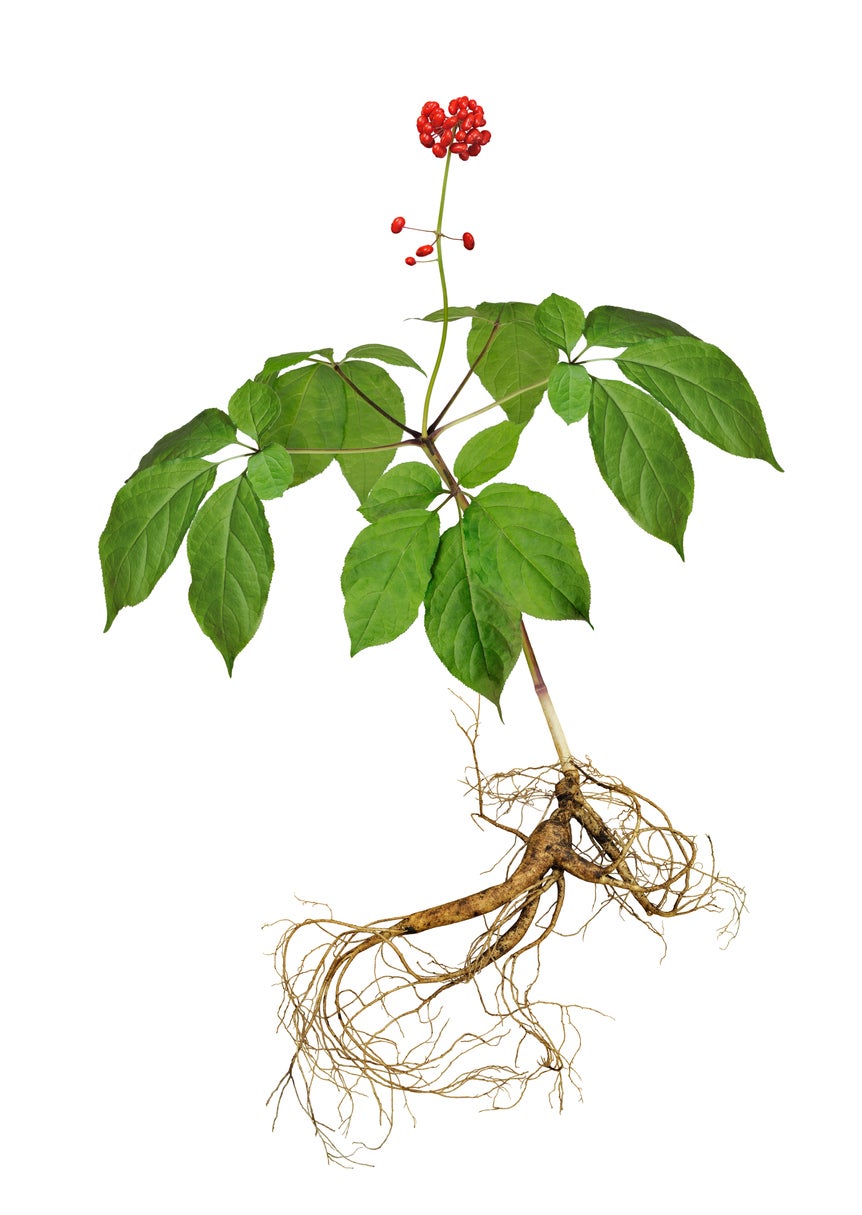 Is Ginseng Edible – Information On Edible Ginseng Plant Parts
Is Ginseng Edible – Information On Edible Ginseng Plant PartsGinseng medicinal uses date back many hundreds of years. The plant has been a valuable herb in the United States since the days of the early settlers, and today, is outsold only by ginkgo biloba. But is ginseng edible? Click the following article to learn more.
By Mary H. Dyer